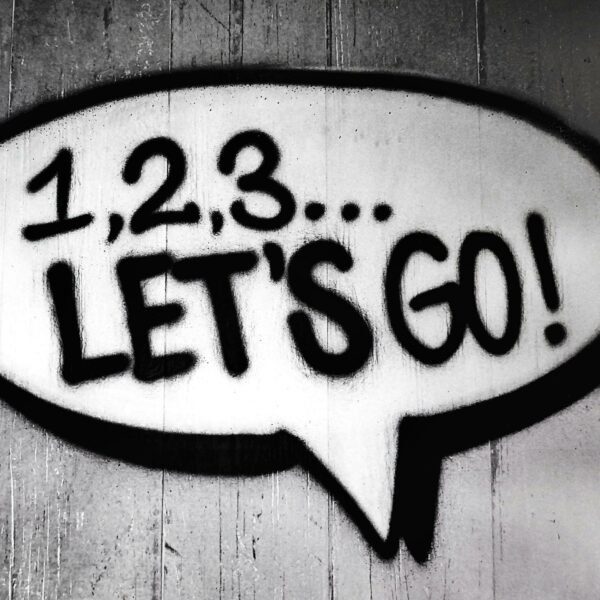Designers always ask us to explain accrual accounting and how it pertains to the interior design industry. Good news is that our CEO, Marissa Jones explains the difference between accrual and cash-based accounting in the attached article for Ivy Magazine. Our simple answer, accrual basis shows income when an invoice is generated while cash accounting does not record the income until it hits your bank. Accrual accounting shows designers a better picture of their profits unattached from whether or not cash is in/out the door.
Logistis for Designers does tons of research to uncover the best new accounting technologies and only uses the ones we believe are top of the line. Ivy checked all our boxes and was a step ahead of any other accounting software for interior design. We not only love Ivy for all its modern features, beautiful invoices, and product clipper; on top of that our team loves Ivy is because (when used properly) it uses the basic accounting principals that have held the test of time and has the ability to leverage managerial accrual accounting when filing on cash basis.
Accrual accounting records invoices on your financials regardless if it is paid or not. That is why our Recommended Ivy & QBO Processes are so essential for the integration between Ivy & QBO. Here is the most current version of our updated processes.
Accrual Accounting in Ivy:
- Some designers skip the process of creating proposals and go straight to the invoice. We strongly advise against this method of reporting. If proposals are not used and instead invoices are altered systems get messy. If an unpaid invoice sits unpaid for weeks on end, it will show up on your financials and you will have to pay sales tax on the invoice even if it is not paid. Our advice: Proposals! Proposals! Proposals! Those are your working documents and any changes will not show up on your financials until it is turned into an invoice. Immediately after the proposal is paid (Ivy will send you an email notifying you of the payment from your client) generate an invoice. This will ensure that you are paying sales tax only on money collected.
- Sending clients retainers is another best practice designers should utilize if it works for your business. Similar to proposals, retainers do not show up on your profit report and will not be included in liabilities until invoices are generated against them. Ivy makes retainers easy to send to your clients, along with allowing designers to apply retainers to open proposals or invoices and Ivy reduces the balance of the retainer so that you aren’t having to track the remaining balance on an Excel Sheet, uggg!
- Keep in mind, that in Ivy all invoices (paid or unpaid) will show up on your sales tax liability report. Basically, you will owe taxes on an item as soon as you invoice an item, even if you have not been paid on that invoice.
- We advise working with your accountant or bookkeeper to determine the best processes for your business!




